When all farm tires were bias-ply construction, choosing the right ballast -- in most cases, calcium chloride -- was easy. But things are changing now that more tractors are leaving the factory with radial tires.
Some tiremakers advise against putting calcium chloride in radial farm tires. "We do not recommend calcium chloride (in radials)... due to power hop," says Len Wagner, manager of field engineering for Firestone Agricultural Tire Co. (FATC). Continental Tire North America Inc. officials say their radial farm tires perform better with air in them than with liquid ballast. "Our preference is dry, or cast, weight on tubeless tires," according to Goodyear.
Many tractor manufacturers feel the same way. For example, John Deere & Co. tells farmers to attach cast-iron weights to their tractors for ballast.
But don't count calcium chloride out yet. Almost every farm tire manufacturer makes bias-ply ag tires, and there are plenty of them in the field. "Calcium chloride can be used in any bias farm tire," Wagner says. In fact, the companies that build farm tire service trucks even report that sales of calcium chloride pumping systems on new orders are steady, and, in one case, slightly up.
Steady demand
"Many farmers are comfortable with calcium chloride ballast because that's what dad used," says Neil Raysen, Continental's farm tire specialist. Some, he adds, are unwilling to switch to dry weights due to their cost.
Fifty-percent of Leroy, Minn.-based tire dealer Randy Estervold's farm tire customers still demand liquid fill. "The large grain farmers with their big, new tractors don't use it much, but the smaller farmers with 'chore' tractors still do."
Chore tractors -- older units used year-round to tow food out to livestock, pick up bales and clean feed lots -- need all the traction they can get, he says. "I have a 7,000-gallon tank of calcium chloride at my dealership and it's just half-full right now. " Each of the long-time dealer's seven farm tire service trucks is equipped with a pumping system and a 400-gallon tank.
" Each of the long-time dealer's seven farm tire service trucks is equipped with a pumping system and a 400-gallon tank.
Estervold says he sometimes pumps calcium chloride into a radial farm tire if the soil is saturated with water. "This will help the farmer (avoid) slippage. But when the soil turns dry, I evacuate the calcium chloride so he can get the full benefit of radial-ply technology."
Don Nebelsick, president of Don's Tire & Supply in Abilene, Kan., is more blunt about the use of calcium chloride in radials. "The effect of putting liquid ballast into a radial is to turn it into a bias-ply tire!"
Pumping liquid ballast into a farm radial "stiffens the sidewall, which, in turn, creates a narrower footprint. It defeats the (other) technologies built into radial farm tires such as fuel savings, more draw-bar pull, smoother ride and the ability to work more unit area per gallon of fuel."
However, 60% of the farmers in Nebelsick's market still use liquid ballast -- in his case, a pre-mixed saline solution that's "about half as corrosive as calcium chloride.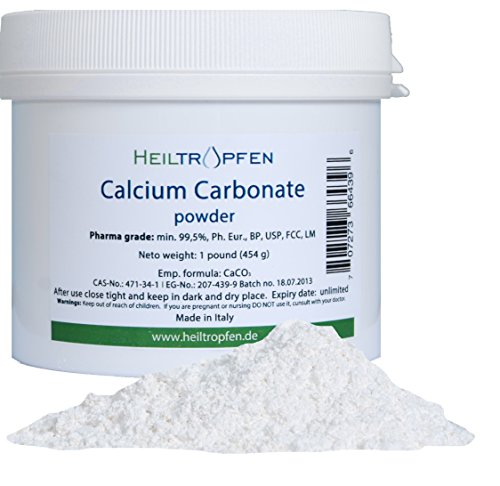 Generally, I like to fill a tire to 75%, or 140 gallons, with (the) solution." The liquid is good down to temperatures of 75 degrees below zero, he says.
Generally, I like to fill a tire to 75%, or 140 gallons, with (the) solution." The liquid is good down to temperatures of 75 degrees below zero, he says.
"My job is to keep the tractor as light as possible so it can do the work it needs to do without compacting the soil." Part of that equation involves the weight split between a tractor's front and rear axles.
"Weight split is critical to farm tire work," Nebelsick says, "so I need to know the type of work being performed to make the necessary adjustments. If the front axle needs to be lighter for a job like spraying, I evacuate ballast from the tire. If I need to add weight at the rear axle for heavy torque work like ripping, I may pump ballast into the tire or tires."
Weight split and ballast formulas can be calculated in various ways, according to the dealer. "It can be done by using engine horsepower and it can be done by taking the tractor to a grain elevator and weighing the machine.
"In a common 75%-fill application, the ideal tire inflation pressure will be somewhere between 6 psi and 14 psi, enough to support the load on the (bias-ply) tires while allowing the farmer to complete his field work. "
"
Nebelsick foresees a move away from calcium chloride due, in part, to the mechanically assisted front-wheel drive tractor. "(Farmers) can order suitcase weights for mounting on a bracket at the front of the tractor and cast weights bolted on the rear axle."
Liquid ballast tips
Ultimately, the decision to use or not use liquid ballast is situational. A big grain farmer has different needs than a small, "weekend" farmer. And differences in soil types from state-to-state, changes in weather patterns, temperature extremes and regional needs and preferences all play major factors. So does tractor age, according to a Goodyear official. Many farmers have two, three or more old tractors around, he says. "They don't junk a tractor just because they bought a new one."
Safety is the first consideration in choosing materials for ballast, according to FATC. The company recommends a mixture of calcium chloride and water. It also approves mixing "permanent-type antifreeze (glycol base) solutions for optimum ballasting and freeze protection. "
"
But FATC and other manufacturers agree that under no circumstances should methanol, ethanol, alcohol, gasoline, propane or any other flammable substance be used.
Goodyear offers these guidelines:
* Plain water may be used where freezing never occurs.
* In cold climates where freezing occurs, calcium chloride flakes can be added at the strength of 3.5 pounds per gallon of water.
* For extremely cold climates, use five pounds of calcium chloride per gallon of water.
* Fill tires up to 75% or valve level, with the valve at the 12 o'clock position. Exceeding that limit causes the tire to become more susceptible to impact breaks.
* For a softer ride and better power hop control, a 40% fill rate at the four o'clock position should not be exceeded.
* Rinse rims used without tubes immediately after demounting the tire to prevent rapid corrosion.
When removing ballast, wet or dry, be sure to maintain the tractor's proper weight split on front and rear axles.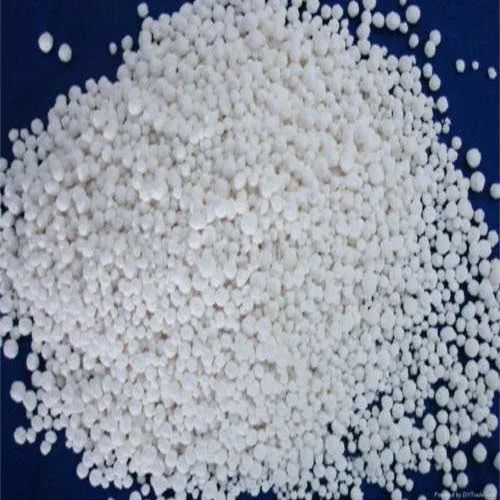 Commonly, this is 25% front and 75% rear on two-wheel drive tractors, 40% front and 60% rear on mechanically assisted front-wheel drive tractors, and 55% front and 45% rear on four-wheel-drive tractors.
Commonly, this is 25% front and 75% rear on two-wheel drive tractors, 40% front and 60% rear on mechanically assisted front-wheel drive tractors, and 55% front and 45% rear on four-wheel-drive tractors.
(In photo: Dave Hanna of Millersburg (Ohio) Tire Service Inc. has been servicing farm tires since he started with the company in 1986. Prior to that he spent years watching his dad do the same thing for the dealership. Now Dave and another Millersburg technician service nearly 1,500 farmers year-round out of two trucks. "Ninety-eight percent of what we do is ag," he says. And that includes filling tires.)
By Robert Romboa • Updated: 10/08/22 • 7 min read
FAQ
A tractor’s tires need to be inflated regularly to keep them from sagging.
Varieties of Cherry Pitter – 4 Be...
Please enable JavaScript
The correct fluid to use is water, but you should keep in mind that it doesn’t add a lot of weight.
It also freezes at 32 degrees F, so it’s not a good choice for use as ballast in cold winter weather.
Calcium chloride is a common filler used to add weight to tractor tires. The compound comes in powder form and is mixed with water before being pumped into the tire’s inner tube.
Because calcium chloride is corrosive, it should be installed in tubes to prevent it from leaching out of the tire. It is also hazardous to crops and foliage when it leaks from the tire.
Using a 30 percent CaCl2 solution is best to get the most weight advantage.
Calcium chloride adds weight to tractor tires by causing compaction of the soil. This can lead to reduced yields for crops.
The bigger the tractor, the larger its tires. The correct tire pressure is essential to disperse the weight evenly. Moreover, calcium chloride adds weight to the tires but doesn’t increase their size.
Calcium chloride solution is used in tractor tires to increase traction and reduce tire wear.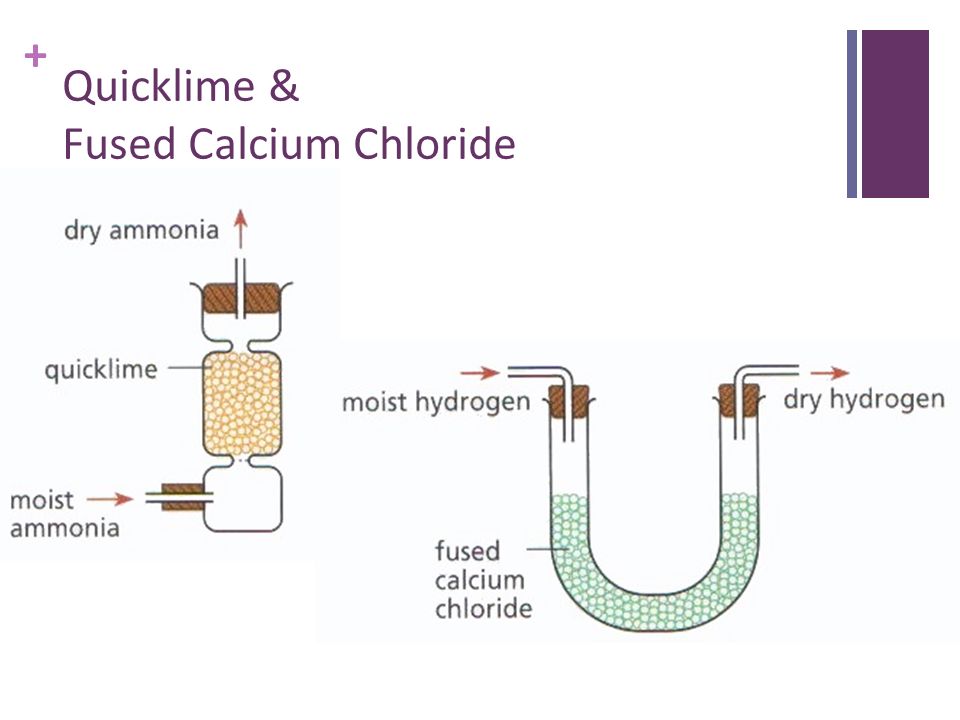
The substance has a lower freeze point than plain water, which reduces lateral rocking in sharp turns and enhances stability.
alcium chloride also adds weight to the tread, reducing the amount of bounce and creating a smoother ride. Additionally, it reduces wheel spin at higher speeds, increasing tire life.
The amount of calcium chloride in tractor tires depends on the manufacturer’s specifications. It should fill about 75% of the tube, and the remaining space should be filled with air.
This will provide a cushioning effect that will absorb shock during a crash. Ensure the proper liquid filling ratios for the front and rear tires.
Calcium chloride is a heavy liquid that is added to the tire tubes. However, it is not recommended in cold climates and is not widely used in the US.
It weighs 8.3 pounds per gallon, limiting the tractor’s weight. Water is another option if the tractor tire is not heavy enough to carry the added weight.
Beet juice is a liquid that is thirty percent heavier than water and is used as a ballast in tractor tires.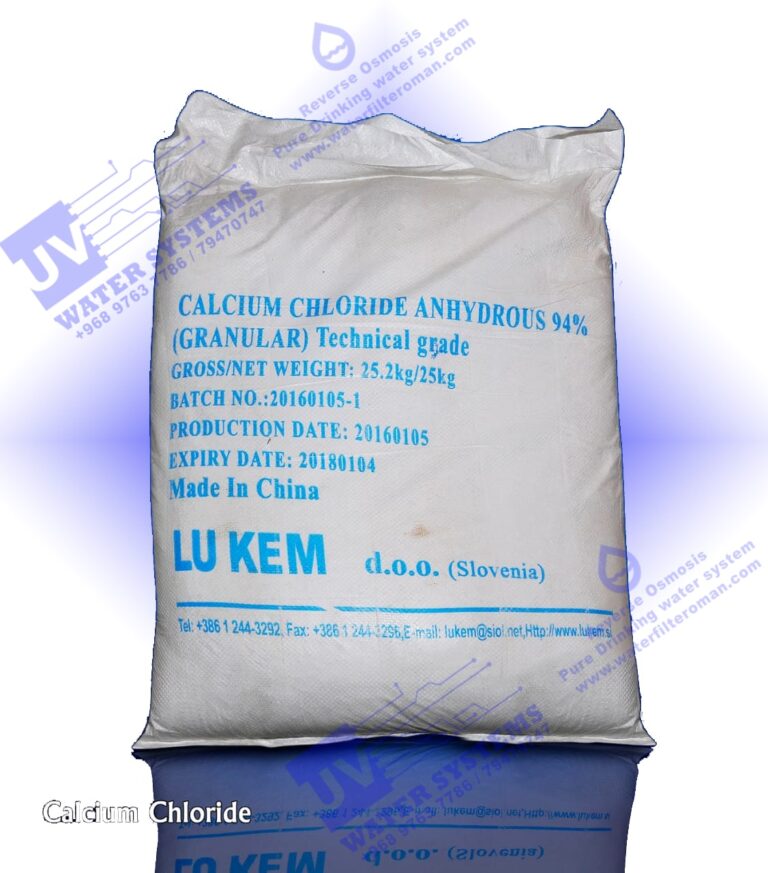 Its weight is approximately eleven pounds per gallon.
Its weight is approximately eleven pounds per gallon.
The added weight provides traction and resistance to freezing temperatures. The juice also does not damage wheels or tires.
Beet Juice is also known as Rim Guard in North America, and it is a relatively new addition to the variety of liquid ballasts available for tractor tires.
It is free of toxins and freeze-resistant to minus 35 degrees Fahrenheit. While it may not seem like a great option for tractor tires, it is far superior to the more costly, toxic calcium chloride ballasts.
Beet juice is not recommended for hot weather, and it is very messy to handle. It costs about $0.28 per pound and adds 10.7-11.0 pounds of weight to tires.
It also doesn’t require tubes. However, if you’re driving in a colder climate, it may be best to use something else.
Calcium chloride is very toxic and can damage valve stems and rims. It also can contaminate the soil.
Rim Guard’s Original Beet Juice tire ballast is the most cost-effective and safest form of tire ballast available on the market today.
It also eliminates the need for inner tubes, which make it easier to repair if necessary. In addition, Beet Juice makes a great ballast for snow-removal applications.
Calcium chloride flakes are added to tire treads in a variety of ways, including to increase traction and reduce wear on tires.
They also help lower the freezing point of water. An expert technician will pour a small amount of the chemical into a valve stem or drilled hole to install calcium chloride flakes in a tire. It will then harden over 24 to 48 hours.
Calcium chloride has a higher melting point than water, resulting in a higher final weight. It is also relatively nontoxic and does not cause tire corrosion.
Calcium chloride is made by mixing cacl2 with water. This solution is then heated. It is best to wait until the solution has cooled completely before filling a tire tube.
When using calcium chloride, avoid contact with metal parts, including radiators and tyres.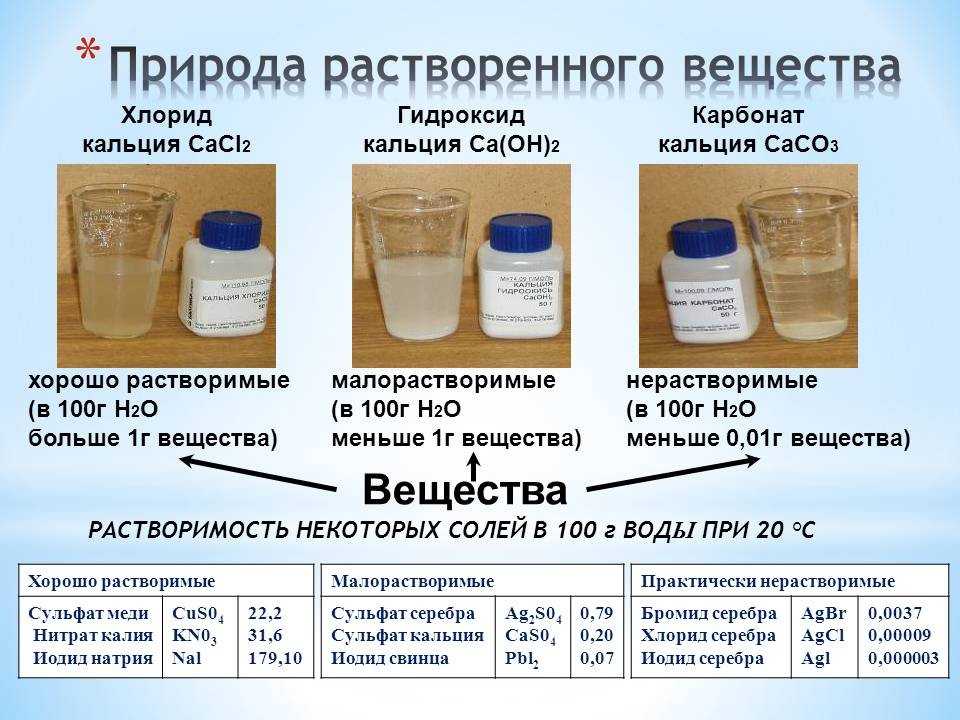
Calcium chloride is commonly added to tractor tires to reduce traction loss. This substance can also help reduce wheel slip and prevent tire damage.
Farmers used calcium chloride as a ballast agent for many years by adding it to the tire tubes. But in recent years, the trend has shifted towards using iron wheel ballast instead.
Now, most tractors are equipped with a ROPS (rollover protection system), which reduces the risk of tipping.
Calcium chloride flake can be purchased in a variety of forms. One of the most common is Dowflake calcium chloride.
This is available in dehydrated form as well as in anhydrous form. The difference between the two is in the amount of water in each crystal.
Calcium chloride flakes are best used in cold climates. It prevents water from freezing and increases the weight of tractor tires.
It also helps protect rims from rusting. Be sure to read the manufacturer’s instructions before applying this product.
Calcium chloride flakes should be mixed with water according to the instructions on the package.
Another popular liquid ballast alternative is beet juice. Beet juice is denser than water and is noncorrosive down to -35 degrees Fahrenheit.
Its density makes it more expensive than calcium chloride, but it also has several advantages. Beet juice, for example, is nontoxic and does not corrode tractor rims and is freeze-resistant.
However, it does have the disadvantage of containing a high concentration of salt, which may make it unsuitable for some farming applications.
To add weight to tractor tires, farmers can use a calcium chloride mixture. This dense salt solution is incredibly corrosive, but is inexpensive and readily available.
Pumping into a standard tire inner tube adds a total weight of 11.3 pounds. This mixture is also freeze resistant, down to minus 58 degrees Fahrenheit.
Because calcium chloride is a strong corrosive, it should be handled carefully, as it can damage plants and other objects.
When used in tractor tires, calcium chloride can also cause the soil to become compacted, reducing the yield of crops.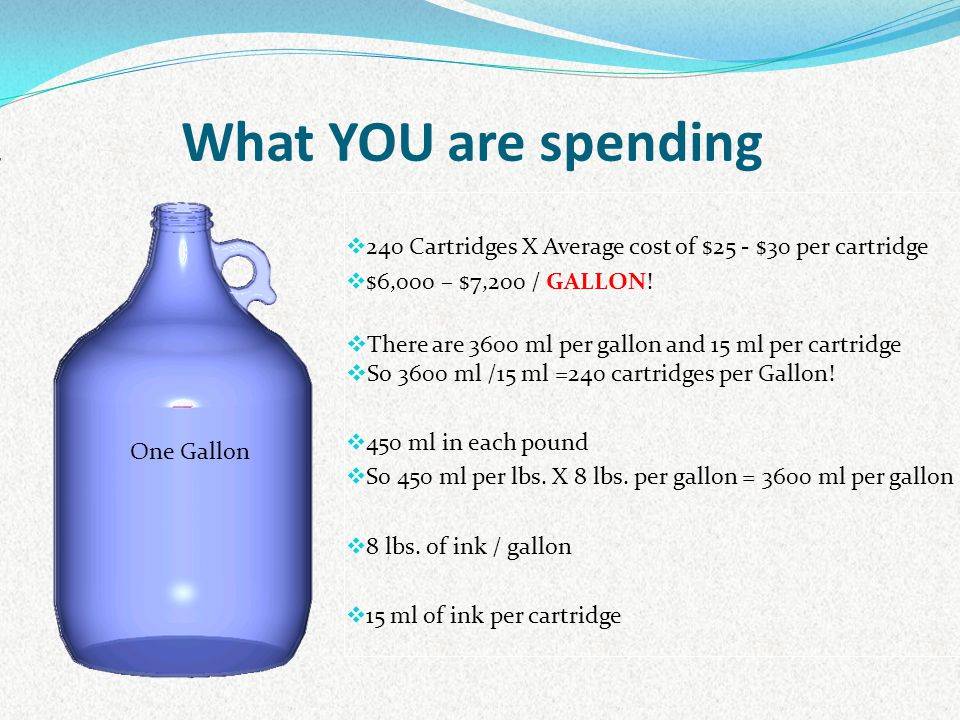
While this method doesn’t increase the size of the tire, it does add weight to the axle and tractor. Calcium-filled tires can add up to 30% more weight than plain water.
Farmers may also use plain water to add weight in areas where freezing never occurs. Alternatively, farmers can use calcium chloride flakes, added at a strength of 3.5 pounds per gallon.
Adding calcium chloride mixtures to tractor tires is one way to improve traction and reduce tire wear.
These mixtures also help increase the vehicle’s stability, improve traction, and reduce lateral rocking in sharp turns.
In addition, liquid tire inflation with calcium chloride increases the pushing and pulling power of the tractor. It also reduces the amount of bounce in the tires, which helps prolong the life of the tires.
Once the tires are filled, they must be jacked up. For the rear tires, a maximum fill of 40 percent is recommended.
Previously, 75 percent was the maximum amount that could be filled.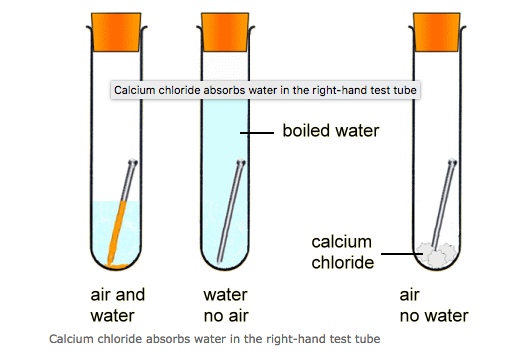 The valve should be positioned at four o’clock when filling the rear tires.
The valve should be positioned at four o’clock when filling the rear tires.
When filling the front tires, fill them to the same level as the rear tires. Once the tires are filled, make sure the air is removed to avoid a backlash.
price list download/view
Brief product information:
Name: Calcium Calcinated (anhydrous).
Other names: calcium chloride, calcium salt of hydrochloric acid, Calcium chloride.
Chemical formula: CaCl2.
Description: transparent hygroscopic crystals, odorless
GOST: 450-77
Mass fraction of calcium chloride: 94-98%
Packing : bags of 25 kg.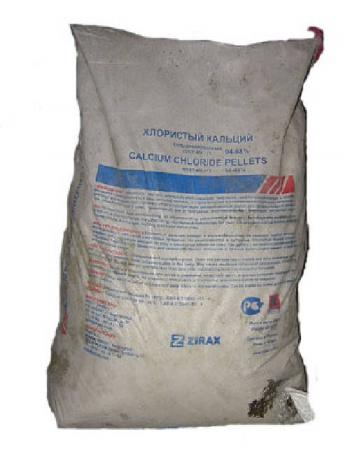
Manufacturer: ZIRAX
25 kg
Calcium chloride is the calcium salt of hydrochloric acid. Chemical formula CaCl2. It is a by-product in the production of soda. It finds application in various fields, including medicine, food industry, chemistry, oil production, metallurgy, and more. It is very actively used in construction and public utilities (as an anti-icing agent).
The main features of calcium chloride:
Calcium chloride is highly soluble, hygroscopic. At room temperature, it actively absorbs water vapor. Calcium chloride is highly soluble in water, the process takes place with the release of heat. Also soluble in liquid ammonia, acetone, lower alcohols.
Calcium chloride rarely occurs in nature in the form of minerals. On an industrial scale, it is obtained in the production of soda, as a by-product: the solution is evaporated and anhydrous calcium chloride is obtained in the dry residue.
Scope of application of calcium chloride:
Technical calcium chloride is widely used in various manufacturing plants in the processing, mining and petrochemical industries. Also presented calcium is used in the food industry. From it, a food additive E509 is created, which is used as a hardener for dairy products.
Chloride (calcium chloride) reduces the freezing point by stopping the formation of ice. Due to this, it is used in refrigeration and other similar installations.
For soil stabilization and dust reduction on unpaved roads, and to make paved road resurfacing more efficient.
Calcium chloride is harmless to soil and plants. Small granules are suitable for soil application. With the help of calcium solutions, freezing is prevented to temperatures down to -52 degrees. This creates the ideal filler-ballast for tires of agricultural implements.
Chloride is also used in the creation of cement mixtures, as it accelerates the initial setting of the material.
Also, the substance is used in swimming pools - with its help, water hardness is regulated. Calcium chloride is used as a buffer solution.
Calcium chloride is added to fire extinguishers and plastics. In blast furnaces, it is used as an additive for walkway regulation. In fabric softeners, as an effective thinner. In the oil industry, calcium chloride is used to increase the density of brine liquid solutions.
Calcium chloride synonyms: calcium chloride, calcium chloride, anhydrous calcium chloride.
Calcium chloride is the calcium salt of hydrochloric acid. White crystals with a density of 2.15 g/cm³, t pl 772 °C.
It is an ionic composition of calcium and chlorine. It is a by-product in the production of soda by the ammonia method. Calcium chloride is soluble in water, highly hygroscopic and absorbs water vapor vigorously. In this case, chloride dissolves in lower alcohols, liquid ammonia and acetone.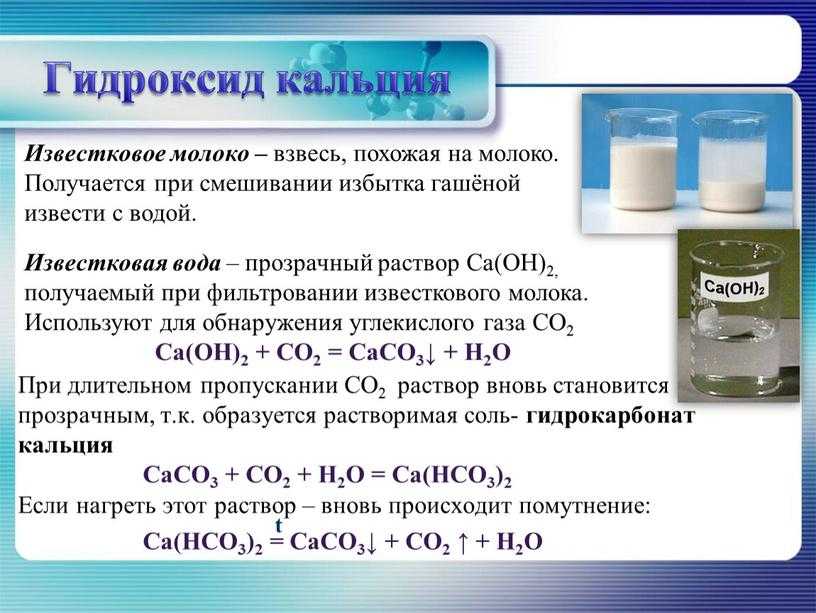
Calcium chloride is a key and important component for drilling fluids, protecting the bottomhole formation zone from deep filtrate penetration. The process retains its collector purpose, which provides the following properties:
Due to the productive use of calcium chloride, there is a significant increase in the life of the drills, and also directly affects the rate of drilling in a positive direction. This provides a reduction in the time used for drilling. It is an accelerator for the setting of oil well cements.
| Index name | Calcined | Hydrated | ||
| Top grade | 1st grade | |||
1. Appearance Appearance | White powder or granules | Flakes or granules, white or gray | ||
| 2. Mass fraction of calcium chloride, %, not less than | 96.5 | 90 | 80 | |
| 3. Mass fraction of magnesium in terms of,%, not more than | 0.5 | 0.5 | Not standardized | |
| 4. Mass fraction of other chlorides, including, in terms of %, not more than | 1.5 | Not standardized | 5.5 | |
| 5. Mass fraction of iron, (), %, no more than | 0.004 | The same | Not standardized | |
| 6. Mass fraction of water-insoluble residue, %, not more than | 0.1 | 0.5 | 0.5 | |
| 7. Mass fraction of sulfates in terms of sulfate ion,%, not more than | 0.1 | Not standardized | 0.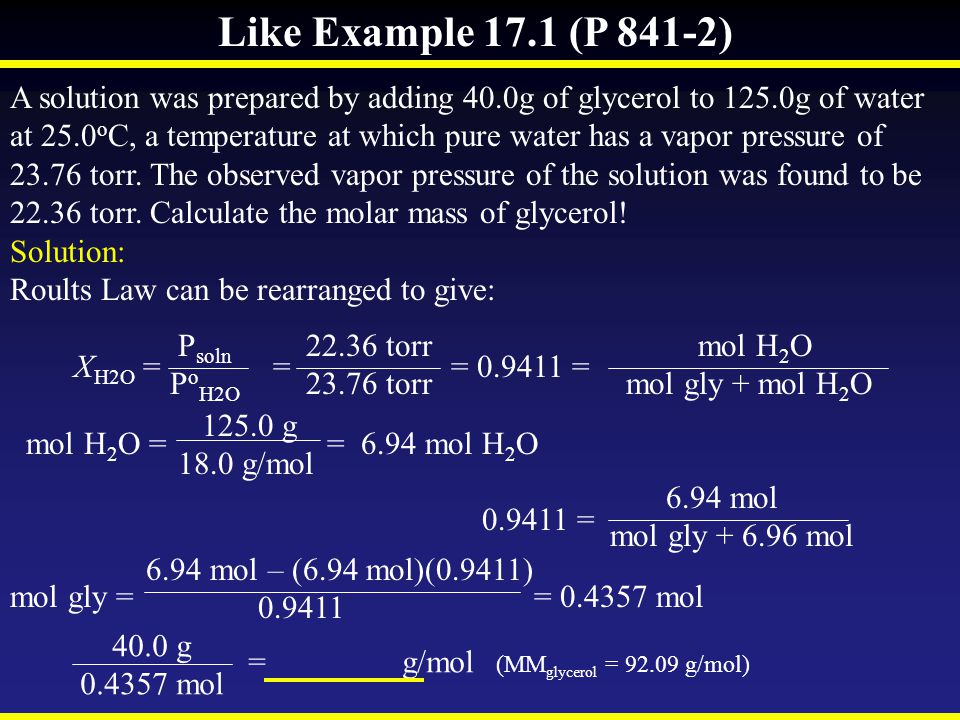 | |